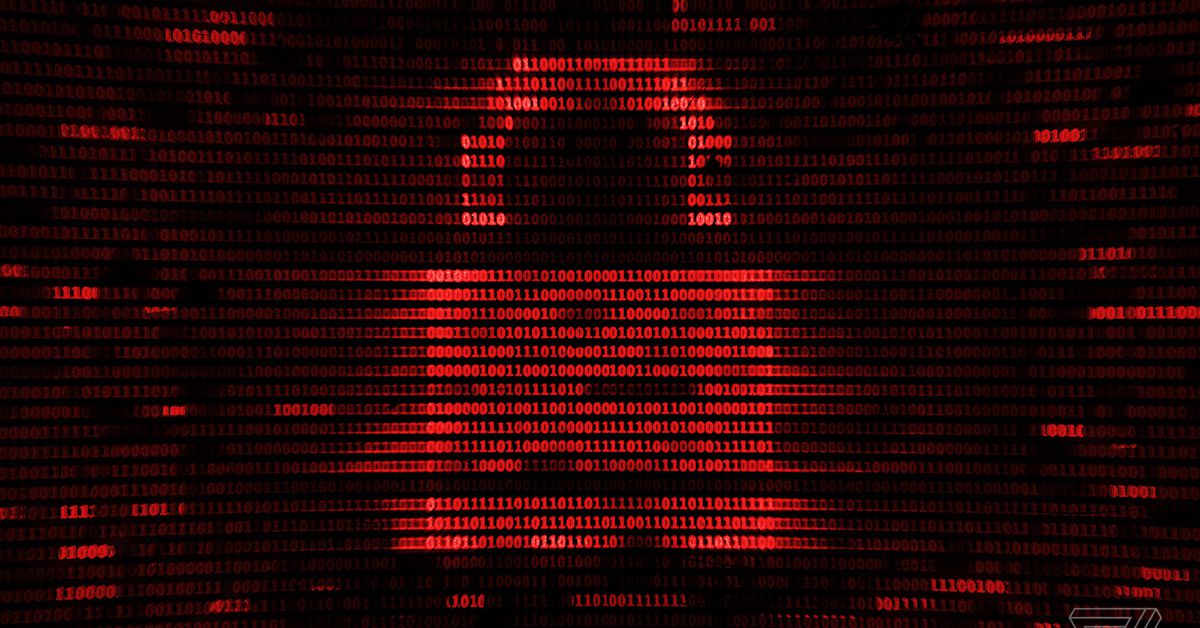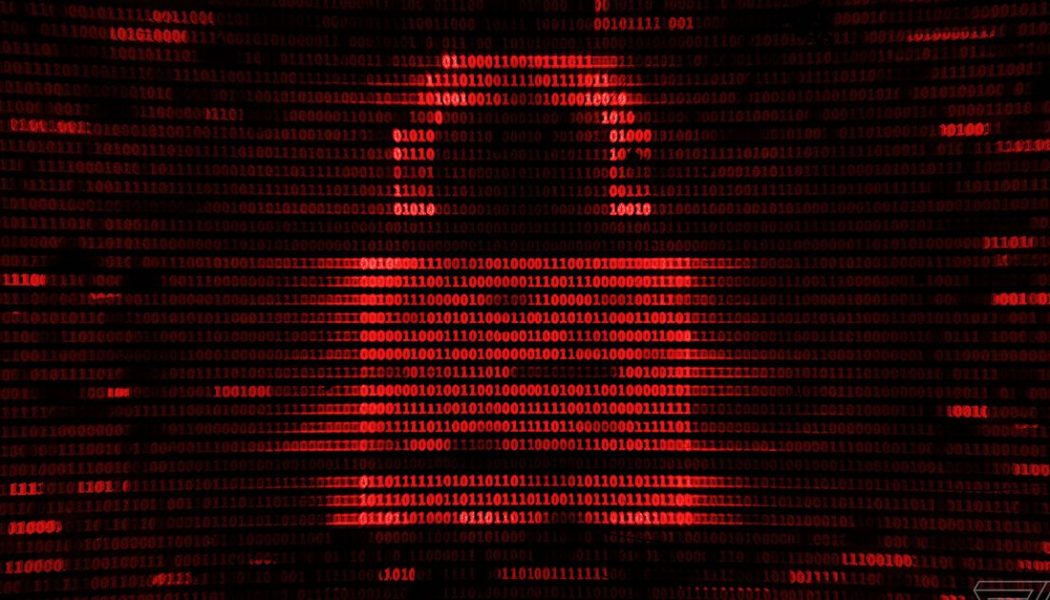
If you were worried about sending your kids back to school after the pandemic ends (or if you are a kid worrying about going back to school), I’m afraid this Gizmodo article is not going to help. Tom McKay and Dhruv Mehrotra have done a fantastic job reporting about how some US school districts are buying tools designed to break into phones to download texts and photos… even ones that have been deleted.
While companies like Cellebrite have partnered with federal and local police for years, that the controversial equipment is also available for school district employees to search students’ personal devices has gone relatively unnoticed—and serves as a frightening reminder of how technology originally developed for use by the military or intelligence services, ranging from blast-armored trucks designed for use in war zones to invasive surveillance tools, keeps trickling down to domestic police and even the institutions where our kids go to learn.
The devices are also expensive. The Gizmodo reporters found some school districts that had spent up to $12,000 on the tech, which was designed for use in war zones and police investigations. Commenting on the devices, Cooper Quintin of the Electronic Frontier Foundation says that they “started out in the provenance of the U.S. military or federal law enforcement, and then made their way into state and local law enforcement, and also eventually make their way into the hands of criminals or petty tyrants like school administrators.”
Unlike in law enforcement, though, school districts don’t have to get a warrant to use the devices on students’ phones. The Supreme Court ruled that school officials only need to reasonably believe that a student is guilty of something and that searching the phone will probably obtain evidence of it. The article goes into detail about the many legal issues involved and how students don’t necessarily have the right to say no, so you should definitely take some time to dig into it. Just have something nearby that you can use to help lower your blood pressure when you’re done.










